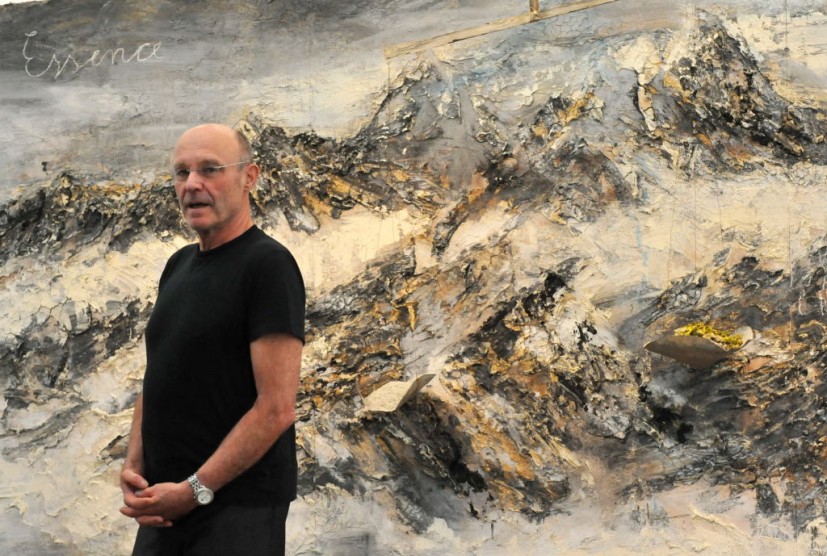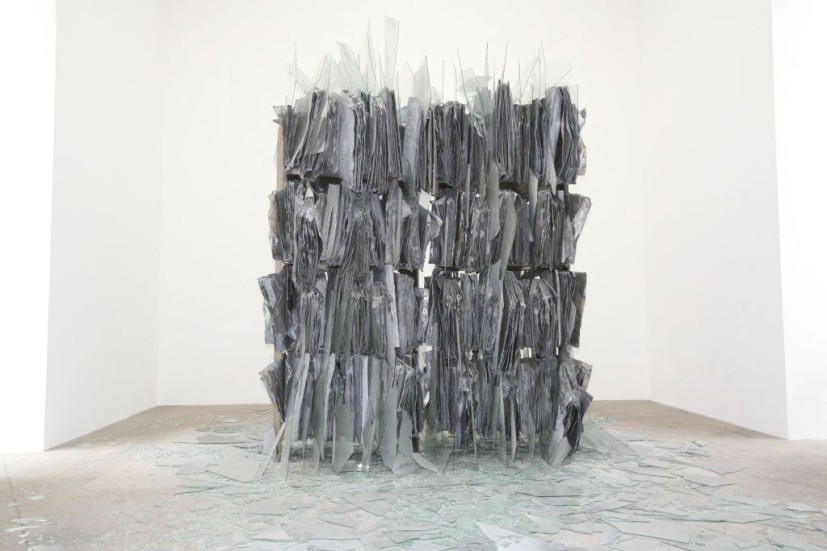Renowned German artist Anselm Kiefer recently fell victim to a case of larceny when metal bits of his lead sculpture were stolen from his warehouse in France last Thursday, Nov. 30, according to the local prosecutor, Jean-Baptiste Bladier who publicly reported the crime last Friday, Dec. 1.
Due to this, Kiefer suffered a financial loss valued at over $1 Million. The thieves reportedly broke into the artist's warehouse property, which is located in the town of Croissy-Beaubourg in East Paris.
"CCTV footage showed four individuals breaching the car park barrier, entering the premises, and cutting through the steel fence surrounding the work, before making off with lead books that were part of it," the prosecutor said.
This incident was the latest in a series of robberies that targeted the expensive lead utilized in Kiefer's pieces. In 2016, the same warehouse was already stolen from, resulting in a loss of over $1.5 Million worth of materials. However, security guards were able to repel another attempt of theft made in 2019.

The Importance of Anselm Kiefer's Artworks
Internationally acclaimed for his striking sculptures and art installations, Kiefer is the recipient of prestigious awards including the 1990 Wolf Prize in Arts and the 1999 Praemium Imperiale awarded by the Japan Art Association.
The artist typically tackles themes surrounding his country's history and national identity, focusing on the events during the dreaded Holocaust while also drawing inspiration from Norse mythos and Wagnerian opera.
Kiefer naturally gravitates toward various unusual mediums like straw, earth, and even tree roots, which he uses due to the symbolic relationship the materials have with the concept of decay, life, and death. In particular, he is especially fond of using lead due to his fascination with its connection to alchemy and history.

One subject matter that the German artist repeatedly employs in the depiction of his art is books, rooted in his interests in mythology and knowledge. This inspiration is clearly seen in Kiefer's "Sternen Fall" sculpture, also known as "Shevirath Ha Kelim." The piece is made out of lead, iron, and broken glass, forming a "decomposing bookshelf" that is atmospherically adorned with shards of glass embedded with paper slips that are numbered.
This Kiefer work can be directly interpreted as a reference to the "Kristallnacht" or the "Night of Broken Glass" incident on Nov. 8 and 9, 1938, where the Nazi regime started to enact waves of antisemitic violence against its own citizens.